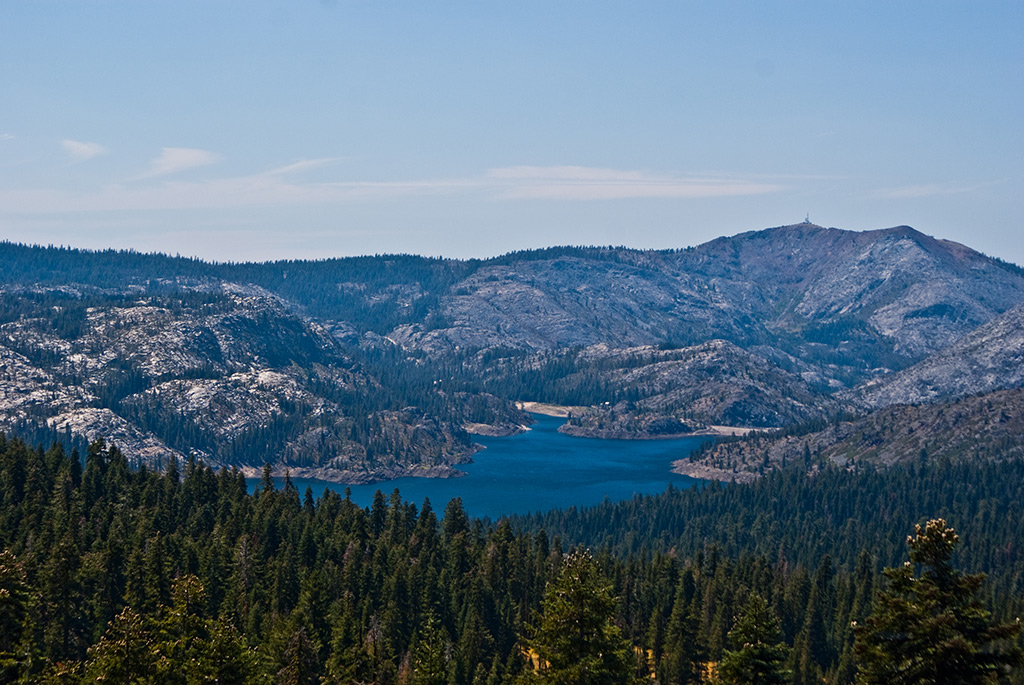
Two-hundred-and-fifty feet straight into the air, conquering the peaks of California and Oregon, with cones the length of your arm, considered the “king of the conifers” and yet humbled by an infinitesimal rust fungus — ladies and gentlemen, the sugar pine, a key element of the Tahoe National Forest.
This particular national forest is renowned and loved for its incredible wilderness, with crystal clear lakes, rugged cliffs full of crags and juts, dryly comfortable summers juxtaposed by snow-laden winters and — once — endless vistas of unbelievable trees. These trees are under attack.
Back in 2011, American Forests began working with local organizations to restore the sugar pine in the Tahoe National Forest. We started planting blister-rust-resistant saplings in the Sierraville District, hoping to protect a simply beautiful part of our country from devastating infestations of blister rust and mountain pine beetle. Once comprising a quarter of the tree population in Lake Tahoe, these pines are a vital part of the ecosystem. Their seeds are edible (and tasty!), and they are an important factor in regulating snowmelt. Without their presence the region would be far more susceptible to dangerous floods and bereft of wildlife.
We have expanded our project since then, diversifying our plantings to include incense cedar, ponderosa and Jeffrey pines and Douglas-fir. This increased diversity will help ensure the future of the ecosystem as a whole, in case another single-species-targeter pest or disease emerges. These trees were also chosen because they are not affected by the parasitic dwarf mistletoe, which causes an estimated loss of 500 million cubic feet of wood losses per year in the U.S. alone. This mistletoe slowly saps trees of food and water, priming them for attack from blister rust and mountain pine beetles.
We have been identifying and replanting the 3-5 percent of sugar pines that are genetically resistant to blister rust. We began with the sugar pine in 2011, because they were near the edge of extinction. Then, we started planting the other species to help foster a healthy ecosystem as a whole, as past logging and fire suppression strategies have altered the natural mix of species and edged the area further towards the brink.
In 2016, we planted on 83 acres of land in the Tahoe National Forest. We know how vital the survival of this region is to the state of California and regularly work with school groups and local community members to get them involved and educated about the importance of protecting the wilderness.
Doyle Irvin contributes to American Forests magazine and Loose Leaf blog, and is passionate about protecting the environment and investing in the future of our planet.